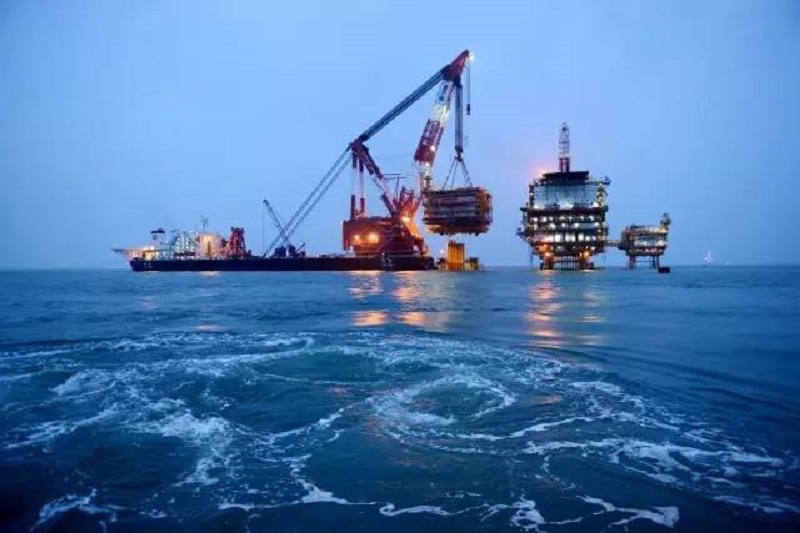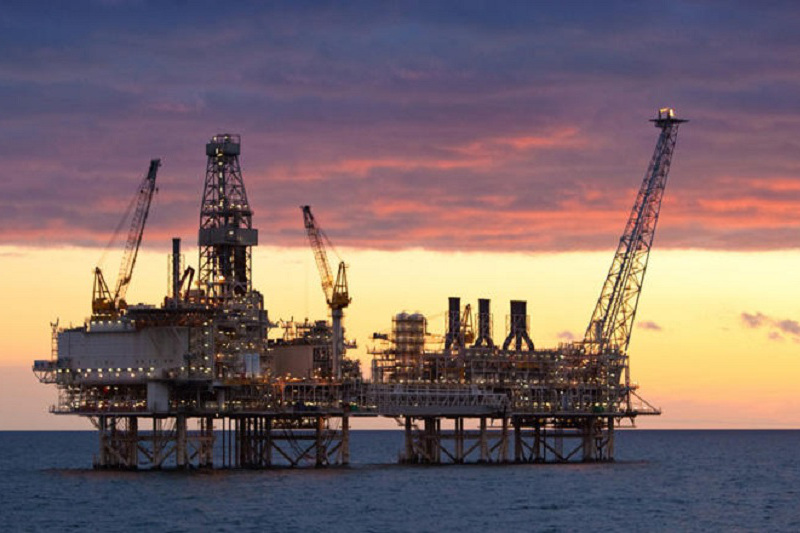Testing is an important part of oil and gas exploration and development.
Through testing, dynamic data such as pressure and temperature of oil and gas layers can be obtained, and various data such as fluid viscosity and composition can be measured to understand the productivity and oil production index of oil and gas layers.
The data provides a reliable basis for oilfield development. After the offshore drilling platform exploratory well drilling operation is completed, it is transferred to the test operation.
Since not all reservoirs have self-ejection function, many blocks/many layers cannot be drilled into good reservoirs. Self-spraying requires the help of artificial lifting means to assist the cleaning of the spray pad, and even manual lifting is required for production.
Therefore, for different reservoirs and different operating platforms, suitable artificial lifting means should be selected.

In exploratory well testing, artificial lift is a very critical technology. Aiming at low pressure, low porosity and permeability formation exploratory well testing, a series of investigations have been carried out on artificial lifting methods at home and abroad. There are the following types:
- Pumping and lifting process of PC Pump
The lifting technology of the PC pump is imported from abroad.
In the lifting system, the ground part mainly includes the sucker rod, the driving head, the PC pump and other structures. In the treatment of oil wells with high viscosity, high sand content and high gas content, PC pumps generally have good application effects.
In the new era, PC pumps have become the third main artificial lift method in oil fields after pumping units and electric submersible pumps. In the implementation of polymer flooding and ASP flooding, PC pumps are more applicable.
Since the 1980s, progressive cavity pumps have been gradually introduced in China.
The research and development direction includes the depth of the PC pump, its service life, and the scope of use. In recent years, the rapid development of domestic rubber technology and new technology of PC pump has driven the progress of PC pump performance, and related institutions have gradually formed serialized products.
Up to now, the total number of PC pump wells in domestic oil fields has reached 110,000, and the corresponding pump inspection cycle is about 700 days, which is roughly the same as that of pumping units. From the perspective of energy saving, the energy saving effect of the PC pump is more prominent than that of the pumping unit, and the effect is 20%-23% higher.
If a permanent magnet direct drive motor is introduced into the lifting system of the PC pump, the power saving effect will be further increased by 16%. -17%.
In the lifting link of the PC pump, the main method is ground lifting.
Therefore, in the operation link of the sucker rod, the influence and interaction of torsional and bending loads must be considered to avoid buckling of the sucker rod position of the PC pump and avoid The eccentric wear of the pipe and rod caused by the contact between the sucker rod and the tubing can reduce the eccentric wear in the inclined well.
- Electric submersible pump
The electric submersible pump belongs to the rodless lifting technology. The core application component is a multi-stage centrifugal pump, which can lift crude oil to the surface area. The centrifugal pump is mainly driven by the submersible motor. The submersible motor completes the power transmission to the ground through a special cable. Submersible electric pump technology was introduced in China more than 20 years ago, and good application results have been achieved. At present, companies such as Zhonglishen Pump Industry and Zhongcheng Electric Submersible Pump in Daqing Oilfield have relatively good manufacturing technology and have achieved self-sufficiency in technology. During operation, drainage and gas production wells with a downhole temperature below 180°C and a production of more than 30m3 are common. At present, the number of submersible electric pump wells in China is as high as 3,000, and the pump inspection cycle is 1,000 days. Among all artificial lift methods, the above-mentioned technology has the longest pump inspection cycle.

- Nitrogen gas lift process
Nitrogen is an inert gas with low thermal conductivity and large volume expansion coefficient, which is common in oil field development. In the process of nitrogen gas lift and drainage, the original well drilling tool is mainly used for treatment, and high-pressure nitrogen is injected from the wellhead collar to the bottom of the well to mix with the fluid inside the drilling tool. The well fluid is then lifted from the drill string to the surface. Considering that the density of nitrogen and liquid cushion inside the drilling tool is mixed, the density decreases, and its internal resistance loss decreases, which may cause the downhole flow pressure to decrease, and the pressure difference will increase at this time, so as to complete the removal of wellbore fluid and promote the flow of fluid from the formation. Gradually flow into the wellbore position to achieve the purpose of exploration and testing, and finally obtain the formation productivity.
(1) Compared with the traditional liquid drainage technology, the coiled tubing nitrogen gas lift technology can ignore the well type constraints. The lowering depth is larger, the gas injection point is high, and the gas injection is flexible. At the same time, it has the advantages of safe construction and fast liquid drainage. Platform space, load-bearing and crane capacity limitations.
(2) Multifunctional nitrogen gas lift technology, the running depth is shallower than that of coiled tubing, and the drainage depth is relatively fixed. It depends on the setting depth of the gas lift valve. The construction is safe and reliable, and the operation cost is low. Currently, it is used on semi-submersible platforms application is less.
(3) Screw pump lifting technology, the depth of running into the well is relatively shallow, generally no more than 2000m, and it is widely used in heavy oil wells and sand-prone wells, but the lifting displacement of the screw pump is small and the efficiency is low.
(4) Electric submersible pump lifting technology, large displacement range, high head, can complete frequency conversion processing and speed regulation control according to medium changes, and has the advantage of small footprint. It has a long service life and is easy to manage. It is suitable for offshore platform operations and directional wells. For wells with high gas-oil ratio, it is easier to gas lock, and for wells with severe sand production, sand jams are prone to occur.

 By Sun
By Sun

